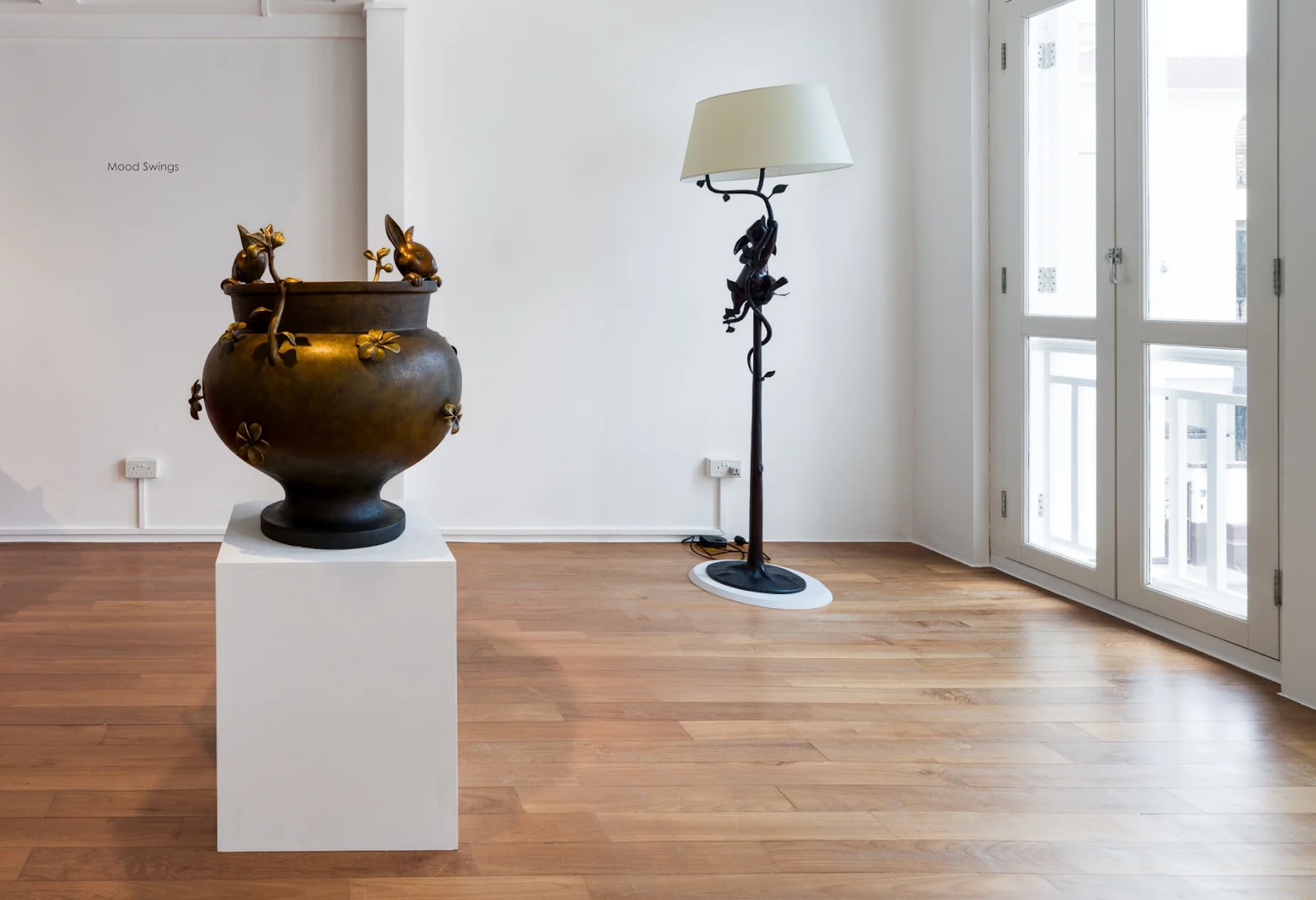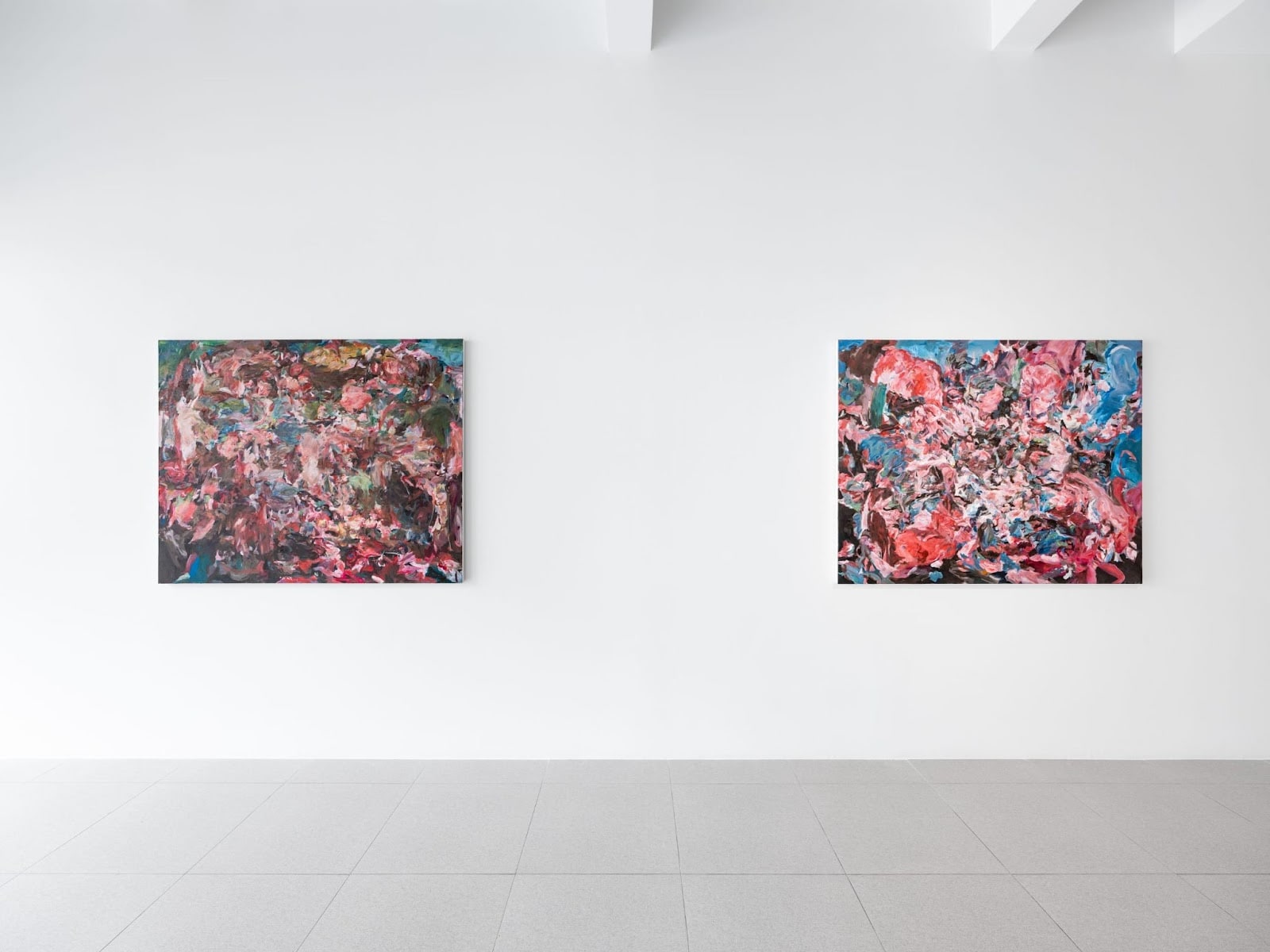For starting art collectors, art conservation and care might seem like a daunting task, and one of the first concerns you face as a collector. Yet art conservation is less about difficulty than it is about consistency. With the right knowledge and habits, it becomes a natural part of collecting and not something to fear, but a step that elevates and expands your collection.
As a gallery who hears the rising concerns surrounding art conservation, we would also like to share our knowledge and the daily routines we carry out to care for our art.
Know Your Medium
Apart from paint and canvas, many creations are made from unconventional materials or contain mixed media, thus requiring a collector or art handler to know what they are dealing with. Common mediums include oil and acrylic paint on canvas, ink or prints on paper, and bronze or copper sculptures.
It is important to know your medium in order to know how to care for it. For example, you can use a light damp cloth to clean a bronze sculpture, but if you did that with ink on paper it would risk destroying the whole artwork. Instead, use a microfibre cloth or a soft-bristled brush to lightly dust off impurities on the paper. As for wood, keeping it in a non-humid climate mitigates the possibility of warping or discolouration.
It is always best to ask your gallery how to maintain your artwork before acquiring it. This ensures that you are aware of its preservation needs, and whether you have the capacity for commitment. Examples of regular caring routines include oil paintings which may need to be sent for revarnishing every few years, finding the suitable frame for works on paper to prevent crumpling or decay, and mixed media to involve different levels of maintenance on a case-by-case basis.

Hubert Le Gall, Calisto (2023) Patinated bronze, 76 x 66 x 66 cm, Edition of 8;
Hubert Le Gall, Romeo Floor Lamp (2023) Patinated bronze, 185 x 40 x 34 cm, Edition of 8 (left to right)
Fundamentals of Art Conservation
While different mediums have their own care requirements, there are also fundamental factors to ensure a well-maintained piece.
Climate (Temperature)
Artworks are advised to be kept in a cool environment and to avoid direct sunlight. If stored where sunlight can reach them, the aging of organic materials such as canvases and paper will be accelerated. Poor aging will lead to brittleness and cracks. For paints (both acrylic and oil), sunlight and high temperatures can cause pigment discolouration. This effect is irreversible and increases the possibility of diminishing an artwork’s value.
Climate (Humidity)
Humidity is another factor that threatens an artwork’s longevity. High humidity and little airflow can cause mold, stains, corrosion, and warping. No art piece is exempt; displaying your artwork in airy, breathable spaces or in cool rooms with no direct sunlight can help prevent this. A good rule of thumb is to ask yourself whether you would frequent the room — if so, it is suitable for display.
Physical Handling
A highly overlooked factor of art conservation is physical handling. When installing, moving, or adjusting artworks, gloves should be worn at all times to prevent cross-contamination. In cases of poor handling, abrasions on the artwork are possible. In the worst scenarios, tearing or puncturing of an artwork can happen.

Quan Lim, Bird Shadows (2025) Oil on canvas, 122 x 152 cm; Quan Lim, Last Hour (2025) Oil on canvas, 122 x 152 cm (left to right)
Conclusion
Ultimately, caring for art is less about complexity and more about consistency. By understanding the medium, considering environmental factors, and handling works with care, collectors can ensure the longevity of their collections. Preservation should not be seen as a barrier, but as an extension of appreciation. To allow artworks to endure, inspire, and retain their value. With the right knowledge and simple practices, any collector can safeguard their pieces for years to come.
Cuturi Gallery welcomes you to contact us for art advisory purposes and any related queries towards starting or elevating your art collection.
Edited by Alexis Lee, October 2025.
2025年10月10日
